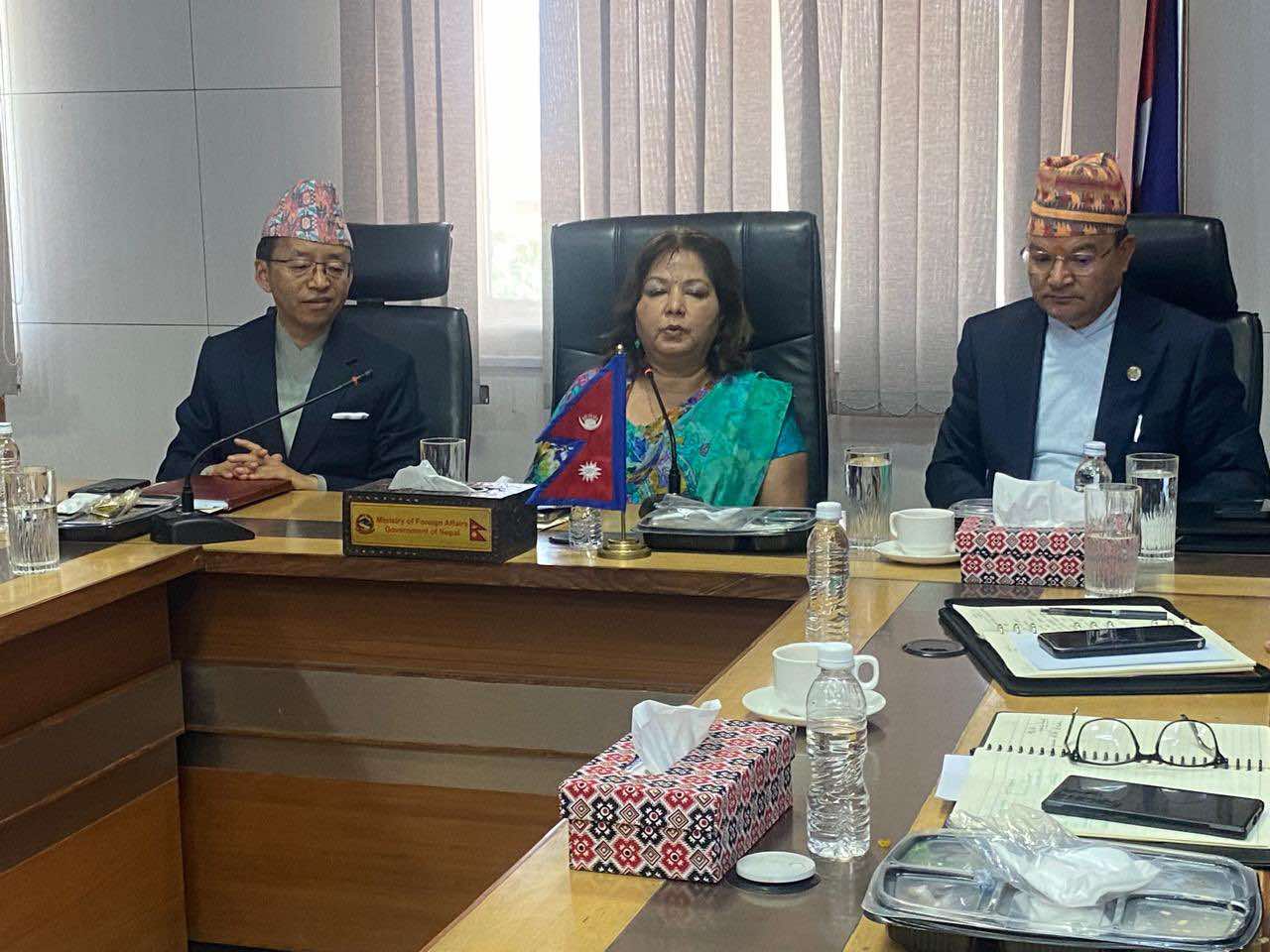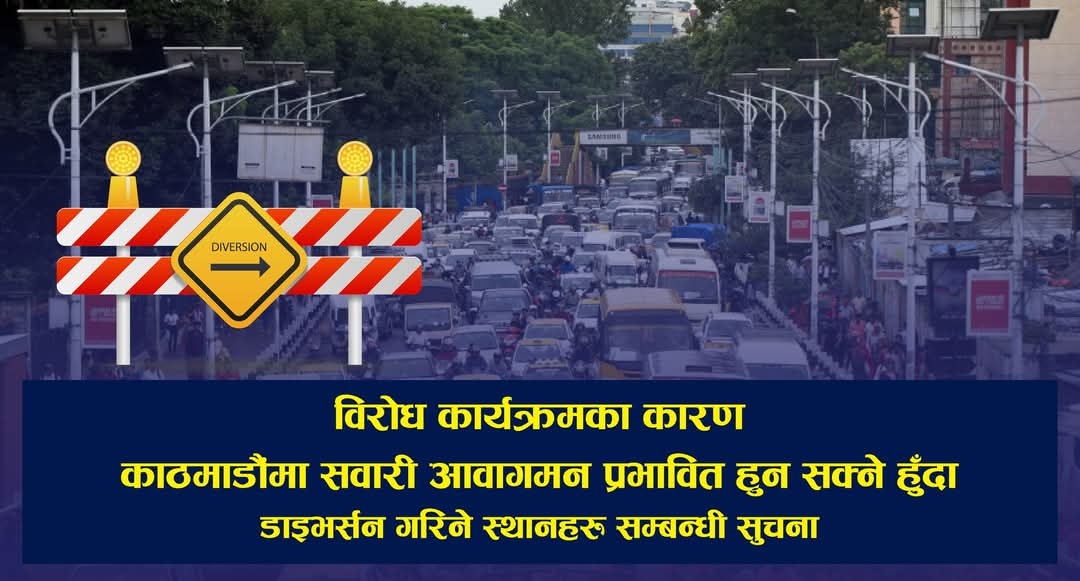
Kathmandu: Nine years after being destroyed by the 2015 earthquake, the newly reconstructed Dharahara is set to open its doors to the public from Thursday. The iconic tower, rebuilt after years of delay, will be accessible to all without an entry fee for the time being.
The decision to open Dharahara from September 19 was made during the Cabinet meeting held last Thursday. Preparations for the opening have been completed, confirmed Binu Bajracharya Kunwar, spokesperson and undersecretary at the Ministry of Urban Development.
The historic Dharahara, which originally collapsed during the 2015 earthquake, saw delayed reconstruction due to political and logistical issues. Although the foundation for the new tower was laid in 2018 during KP Sharma Oli’s tenure as Prime Minister, the construction was not completed for another three years. Despite this, Oli inaugurated the unfinished structure in 2021, drawing widespread criticism at the time.
The responsibility for managing Dharahara’s operations has been given to the Ministry of Urban Development. A dedicated committee has been formed to oversee its operations and ensure smooth management. Previously, the Kathmandu Metropolitan City had caused controversy by opening free parking facilities at the Dharahara site even before the construction was completed.
Starting tomorrow, the public will be allowed to visit Dharahara without any charge. According to spokesperson Kunwar, there has been no decision yet on whether an entry fee will be introduced later, but for now, visitors can enjoy free access.
The original Dharahara was built in 1832 by Then Prime Minister Bhimsen Thapa in memory of Queen Tripurasundari. The tower stood 61.88 meters tall with 11 stories. After being damaged by the 1934 earthquake, it was later reconstructed by Prime Minister Juddha Shumsher with nine stories. The newly reconstructed Dharahara now stands on a 42.2-ropani area and features both a staircase and an elevator for visitors.
The new complex includes a two-story museum, which will display old coins and coin-making machines, as well as a 50-foot water fountain and a preserved remnant of the original Dharahara.







